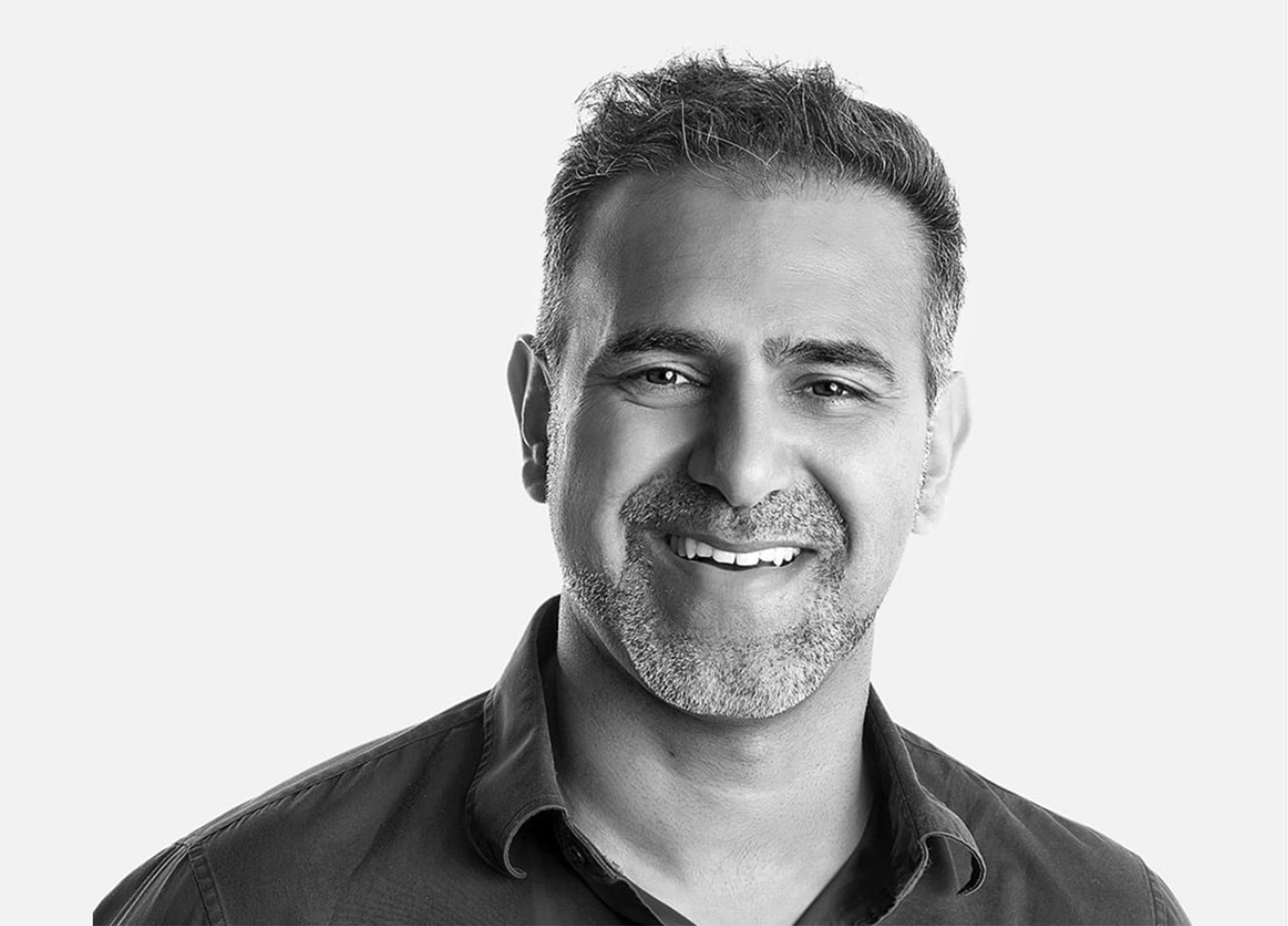Taking it tooth by tooth: benefits of minimally invasive dentistry
Featured Products Promotional FeaturesPosted by: Dental Design 22nd July 2021

As we know, tooth surface loss (TSL) is a complex, multifaceted issue that can be challenging to manage in patients. When presented with a case it is vital that the underlying pathology is identified early and treated ahead of the symptoms, so as to avoid the problem arising in the future, and with increased severity.
Tooth wear seems to be a growing problem affecting all ages [i] with a notable increase in young patients presenting with moderate to severe erosive wear caused by intrinsic and extrinsic acids. i
Symptoms of TSL can range from mild sensitivity from an abrasion lesion, to gross destruction of the dentition. [ii] If left uncontrolled it can lead to not only poor aesthetics, but also dentine hypersensitivity and functional problems – ultimately resulting in a reduced quality of life for the patient. ii
Modern treatments for tooth surface loss
Depending on the severity of symptoms experienced from TSL, treatment can range from simple operative care, to full mouth reconstruction with crowns, veneers or complex dentures. There is always a balance to be had between too little or too much treatment – both of which can lead to tooth loss and patient dissatisfaction or complaint.
However, traditional treatment methods for moderate or advanced tooth wear, such as indirect restorations and crown lengthening surgery, are invasive and destructive of remaining tissues. This isn’t conducive to achieving the lifetime patient status modern dentists strive to accomplish. Below are examples of minimally invasive procedures which protect the natural tissues for the long term, and provide benefits for both patient and practitioner.
Localised minor axial tooth movement (the ‘Dahl’ approach)
There are a variety of methods that combine differential intrusion and eruption of teeth to create interocclusal space, as described by Dahl. [iii] The approach is a way of treating localised anterior tooth wear before posterior wear starts to open the vertical dimension of the occlusion.
Originally consisting of a removable cobalt chromium platform worn in the upper arch, poor patient compliance required evolution of the Dahl approach to include cementation of the appliances to ensure full-time wear.
Recently, adhesive anterior direct composites have been used, especially when restoring anterior tooth wear in patients who have lost vertical dimension and are experiencing malocclusion due to attrition. The creation of inter-occlusal space significantly reduces the amount of tooth preparation required, particularly on a compromised palatal surface, enabling a less invasive technique and more progressive method to manage the issue.
Conventional orthodontics
Orthodontics can provide a controlled and predictable method of creating localised inter-occlusal clearance, and form part of a comprehensive treatment plan when used alongside the Dahl approach. Using orthodontics instead of crowns or veneers can improve the aesthetics of a smile or function of a bite, without causing excessive damage to the tooth tissue.
A treatment option could include using clear aligners to reposition the anterior teeth, in combination with interproximal reduction (IPR). The staggered execution of IPR would also mean that there is far less opportunity to over-strip and gouge the teeth, plus the contacts remain more anatomically correct and less likely to trap plaque.
With careful planning following a ‘tooth by tooth’ assessment, a combination of technologies may provide an extensive but conservative treatment plan that will benefit the patient across their lifetime.
Benefits of minimally invasive treatment
Minimally invasive restoration should be considered in the first instance to ensure each patient case, whether simple or complex, is treated appropriately and ethically to achieve biologically stable and aesthetically pleasing results.
The dual goals of prevention and preservation sit at the heart of minimally invasive dentistry, with the aim being to maintain as much of the natural tooth and tissue as possible. Improvements in composite materials and an increased appreciation of their applications have made these goals achievable through direct restoration, particularly concerning tooth wear of anterior teeth.
Offering minimally invasive treatments to patients as a first step benefits both patient and practitioner. While encouraging greater stability of the teeth, they require a limited healing period (unlike extractions), and speed up the overall orthodontic process, saving patients time and money.
While some dentists might feel more confident in performing conventional prosthodontic techniques, it is clear that minimally invasive treatments, such as the Dahl Principle, have significant benefits that are hard to ignore.
Get the training you need
IAS Academy offers comprehensive training for those looking to establish and advance their skills in orthodontics and restorative dentistry – including the conservative treatments mentioned above. Subjects covered include creating beautiful smiles using alignment, bleaching and bonding (ABB), using the Dahl Principle to deliver better patient outcomes, and designing a life-long restorative plan that your patients can afford.
For more information on upcoming IAS Academy training courses, please visit www.iasortho.com or call 01932 336470 (Press 1)
Author: Dr Tif Qureshi founder and a clinical director of IAS Academy
[i] Redman, C., Hemmings, K. & Good, J. The survival and clinical performance of resin–based composite restorations used to treat localised anterior tooth wear. Br Dent J 194, 566–572 (2003). https://doi.org/10.1038/sj.bdj.4810209
[ii] Tooth Wear Guidelines for the BSRD. Available at https://www.bsrd.org.uk/File.ashx?id=15192 [Last accessed 26.5.2021]
[iii] Dahl BL, Krogstad O, Karlsen K. An alternative treatment in cases with advanced localized attrition. J Oral Rehabil 1975; 2: 209−214.










